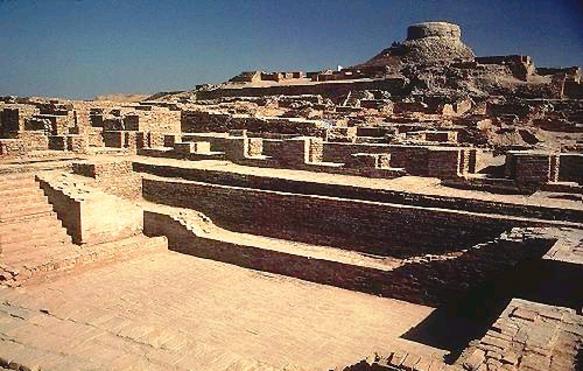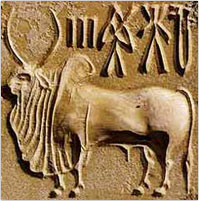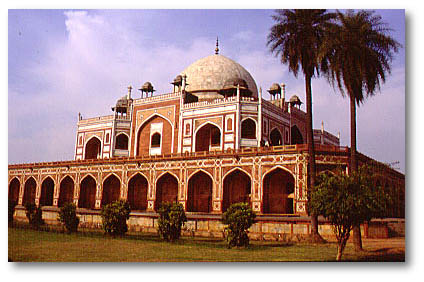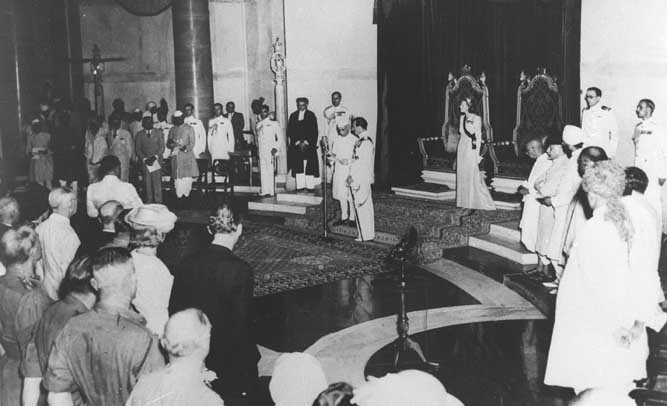The history of India begins with evidence of human activity of Homo sapiens, as long as 75,000 years ago, or with earlier hominids including Homo erectus from about 500,000 years ago.
Indus Valley Civilisation

The Indus Valley Civilization, which spread and flourished in the northwestern part of the Indian subcontinent from c. 3300 to 1300 BCE in present-day Pakistan and northwest India, was the first major civilization in South Asia. A sophisticated and technologically advanced urban culture developed in the Mature Harappan period, from 2600 to 1900 BCE.
This civilization collapsed at the start of the second millennium BCE.
an architecture in the age of indus valley civilisation
Iron Age Vedic Civilisation

It was later followed by the Iron Age Vedic Civilization, which extended over much of the Indo-Gangetic plain and which witness the rise of major polities known as the Mahajanapadas.. This period, witnessing a Hindu religious and intellectual resurgence, is known as the classical or "Golden Age of India". During this period, aspects of Indian civilization, administration, culture, and religion (Hinduism and Buddhism) spread to much of Asia, while kingdoms in southern India had maritime business links with the Roman Empire from around 77 CE. During this period Indian cultural influence spread over many parts of Southeast Asia which led to the establishment of Indianized kingdoms in Southeast Asia.
Mughal Rule

Muslim rule started in some parts of north India in the 13th century when the Delhi Sultanate was established in 1206 CE. The Delhi Sultanate ruled the major part of northern India in the early 14th century, but declined in the late 14th century, which saw the emergence of several powerful Hindu kingdoms like the Vijayanagara Empire, Gajapati Kingdom and Mewar dynasty. In the 16th century Mughal rule came from Central Asia to cover most of the northern parts of India. The Mughal Empire suffered a gradual decline in the early 18th century, which provided opportunities for the Maratha Empire to exercise control over large areas in the subcontinent.
A Mughal architecture
British Rule

Beginning in the late 18th century and over the next century, large areas of India were annexed by the British East India Company. Dissatisfaction with Company rule led to the Indian Rebellion of 1857, after which the British provinces of India were directly administered by the British Crown and witnessed a period of both rapid development of infrastructure and economic stagnation. During the first half of the 20th century, a nationwide struggle for independence was launched with the leading party involved being the Indian National Congress which was later joined by Muslim League as well.
Independent India

The subcontinent gained independence from the United Kingdom in 1947, after the British provinces were partitioned into the dominions of India and Pakistan and the princely states all acceded to one of the new states.
Lord Mount Batten signing the Indian Independance




